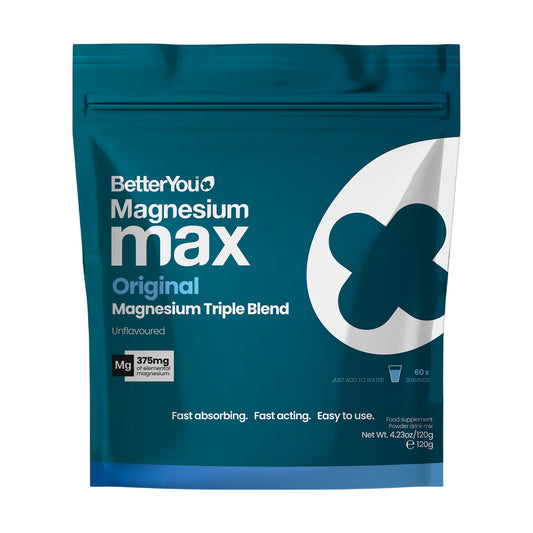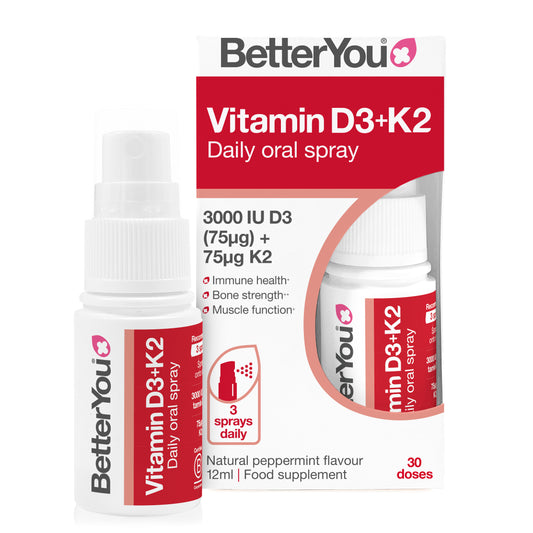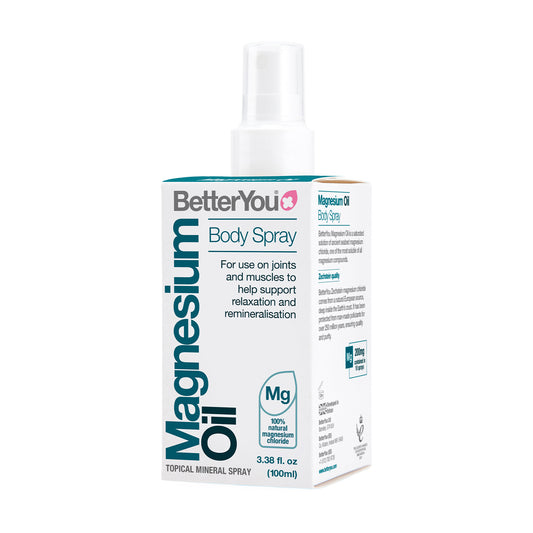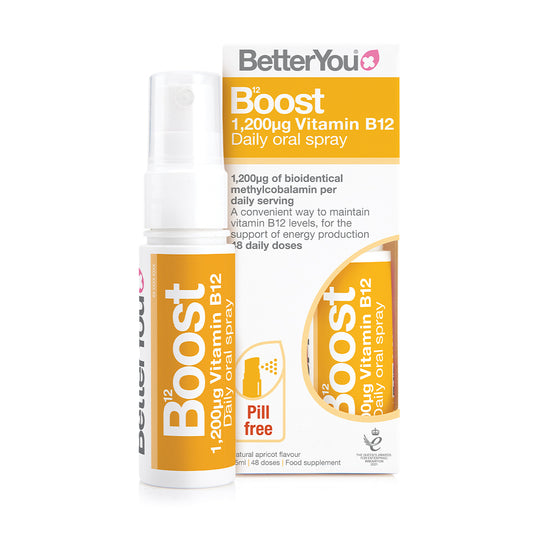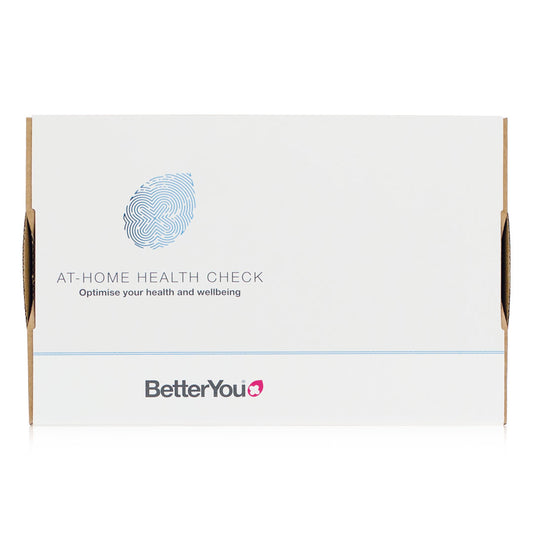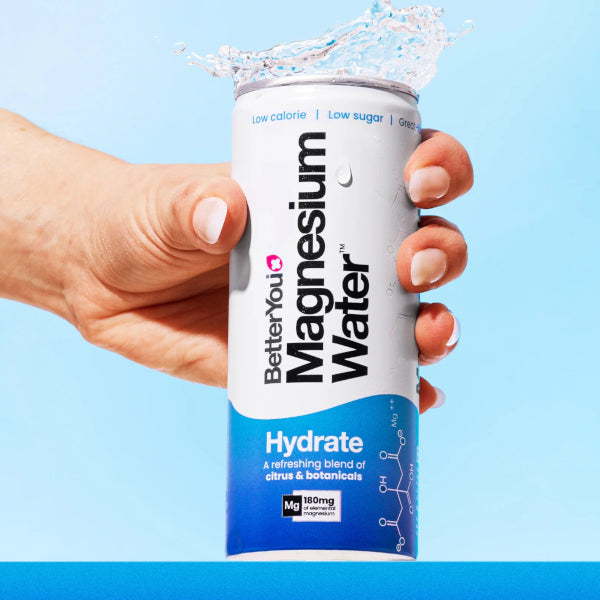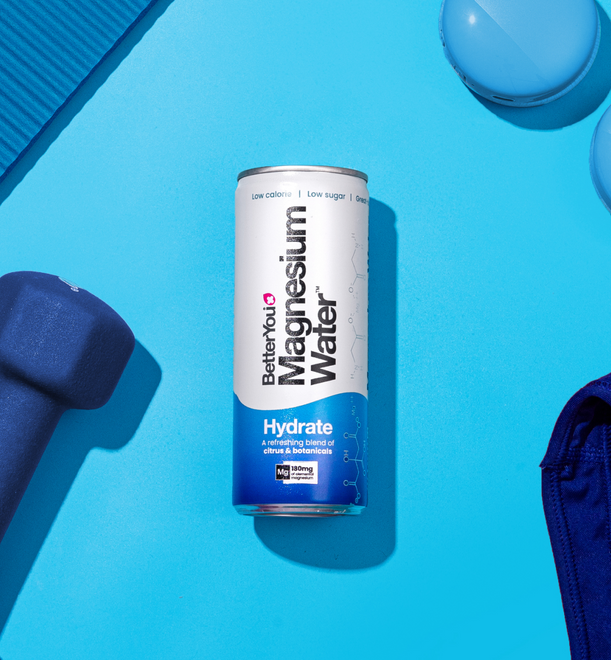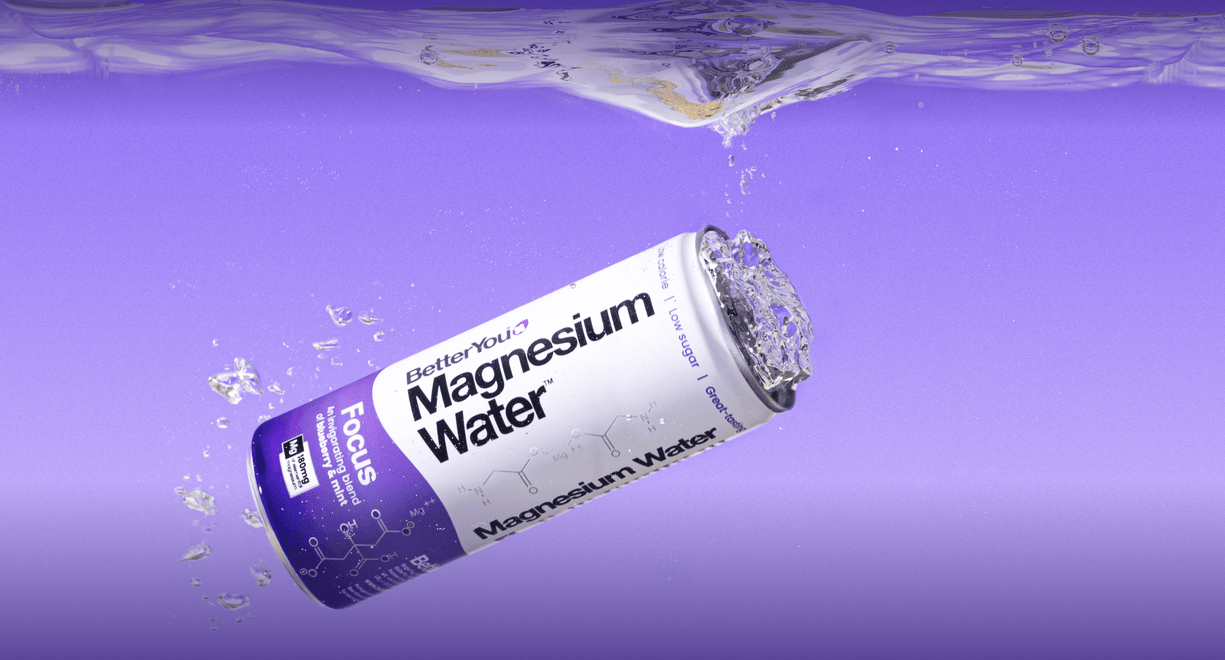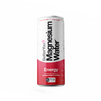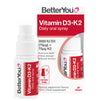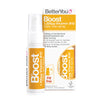It's well known that vitamin D is needed to maintain strong bones, healthy teeth and a robust immune system, but little is understood about how much you actually need and how to get it.
We look at the most common myths surrounding vitamin D and debunk them.
Common Vitamin D Myths
1. I can get enough vitamin D through sunlight
Our main source of vitamin D comes from our skins exposure to the UVB rays from the sun, but for those of us living in the northern hemisphere it is difficult to obtain enough to maintain levels.
Between October and April, the sun is not strong enough for us to produce vitamin D, even during the sunniest days.
During the summer months, cloud cover can block the UBV rays, and even when the sun is shining we tend to layer on sunscreen to protect our skin from the harmful UVA rays; sunscreens over SPF15 block the required UVB rays, preventing vitamin D production.
Dark skin pigmentation also plays its part in affecting vitamin D production. Those with darker skin require longer exposure to the sun to produce the same levels as those with fairer skin.
Modern day lifestyles also affect the amount of time we spend exposed to sunlight. Driving to work, spending all day in an office and wearing clothes which cover most of your body all impact how long and how much skin is exposed to the sun.
2. I eat plenty of vitamin D rich foods
There are a number of foods that naturally contain vitamin D, these include oily fish, eggs, milk and liver. However, many people remain unaware of just how much vitamin D is required by the body and therefore how much vitamin D rich food is required to maintain adequate levels.
Oily fish is the best source of vitamin D but isn’t a daily staple of most peoples diets. The source of the fish also impacts the amount of vitamin D present in a single portion. Wild fish such as mackerel, salmon and tuna contain considerably more vitamin D than their farmed equivalents.
Wild tuna for example, provides on average 500IU per portion, whereas farmed tuna would only produce around 100IU per portion.
Some foods can have vitamin D added during production, these are known as fortified foods such as cereals, infant milk, yoghurts, bread and some mushrooms.
Although going some way to increase our vitamin D intake, the likelihood is even a healthy diet may only provide you with some of your required daily vitamin D.
3. Only ‘at risk’ groups need to supplement.
Current Department of Health recommendations suggest the following ‘at risk’ groups should be using a vitamin D supplement all year round. These include:
- Infants and children under 5 years of age
- Pregnant and breastfeeding mothers
- People over the age of 65
- People who have little or no exposure to the sun
- People with darker skin pigmentation
However, the Government now recommends that everyone supplement during the winter months, as a report by Public Health England found that the population was not acquiring enough vitamin D through the summer months to maintain adequate levels throughout winter.
4. I already have ‘adequate’ vitamin D levels so I don’t need any more
A simple blood serum level test can tell you whether you have adequate levels of vitamin D, with the UK Department of Health advising the following measurement guidelines:
- >50nmol/l = adequate
- 25-49nmol/l = insufficient
- <25nmol/l = deficient
These levels indicate those who are at severe risk of deficiency and developing conditions such as osteoporosis, but do little to guide us on the level required to ensure robust health.
Vitamin D is a known contributor to a healthy immune system, which protects us not only from coughs and colds but from a host of autoimmune diseases. These include MS, diabetes and a growing number of internal cancers including breast cancer.
Autoimmune diseases require a much higher level of vitamin D to resist them, in general, a serum level of 100-150nmol/l is required to offer effective resistance. As the table below shows:

5. I take a multivitamin containing vitamin D so I already get all I need
Many multivitamins contain low levels of vitamin D compared to what is required to reach an optimal level. With this in mind, without an adequate dosage that fulfils your personal vitamin D needs, you may not be boosting your levels as much as you think.


